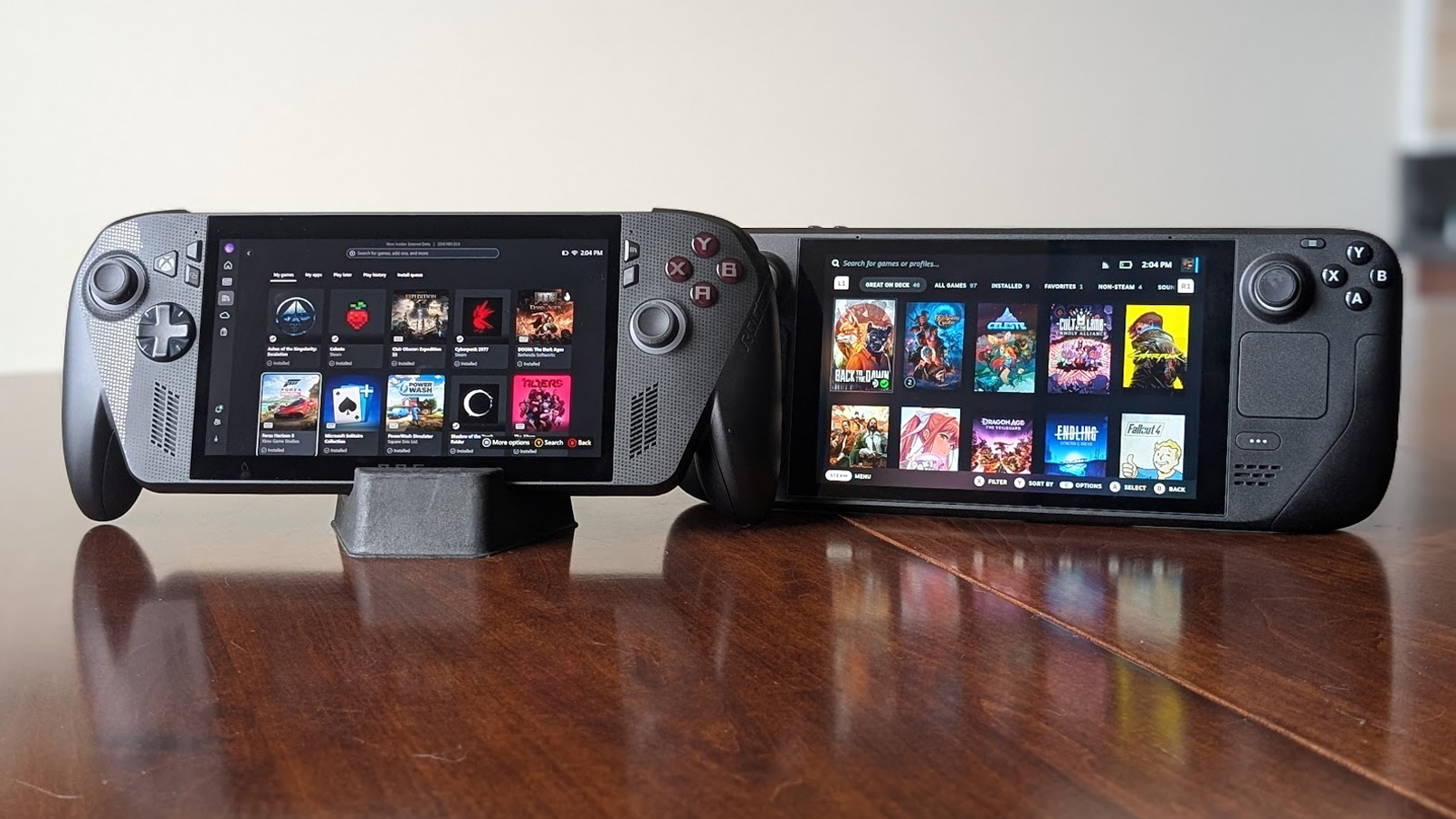Microsoft's Phone Companion and cross-platform apps are its Windows phone plan B
If this candid observation is hard for fans to bear, please don't crucify me. Just blame my analytical mind and boundless imagination. I'm just their hapless captive, a passionate writer along for the ride. I write what they see.
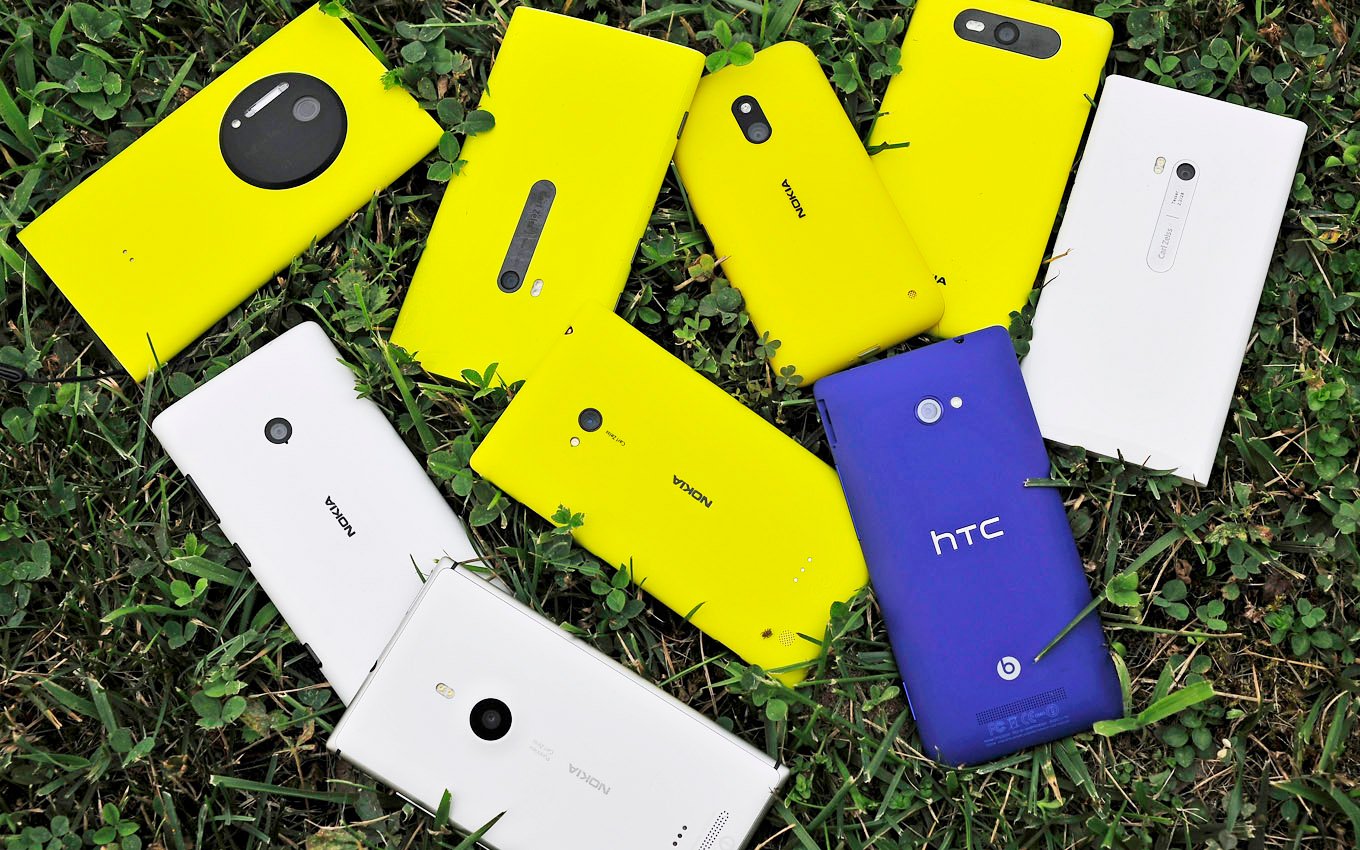
What if Windows Phone fails?
Rest assured, this is not a doom and gloom "Windows Phone is Dead" piece akin to what has permeated the blogosphere since last week's reorg announcement by Microsoft CEO Satya Nadella. No one here wants nor expects Windows Phone to fail. Microsoft has invested tremendously in an as yet not fully executed mobile strategy. Windows 10, Universal apps and differentiating features like Continuum will not have an opportunity to succeed or fail until after Windows 10 debuts.
But what if, despite Microsoft's best efforts, Windows Phone fails? Well for Microsoft, failure in mobile is not an option. Success, however, may look much different than we'd expect.
This is a speculative analysis of what Redmond's mobile contingency plan B may look like.
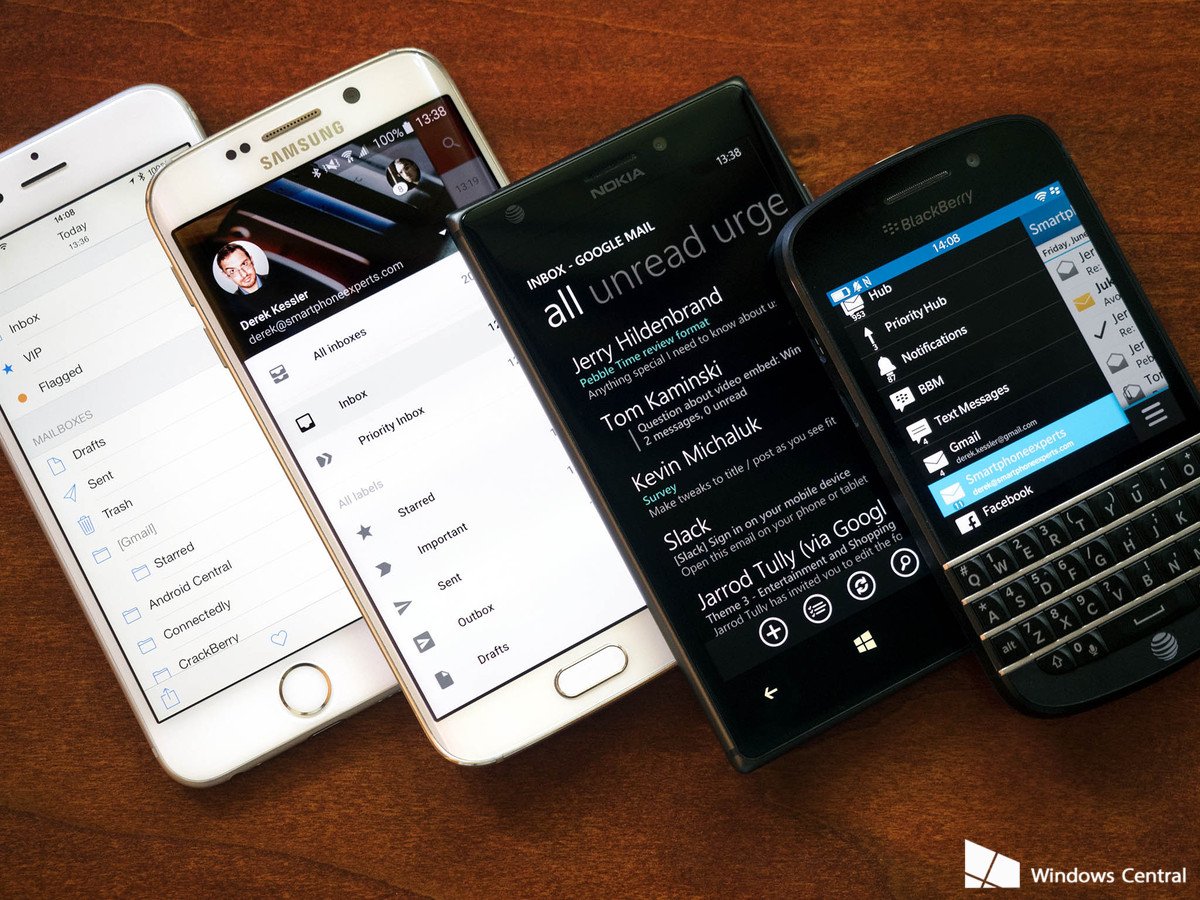
The look of mobile
Remember when phones were just for talking and were linked to a place and not a person? If you were calling "grandma" you were calling her home. If she was home, she answered. If not, the phone kept ringing. Yes, young'uns, there was a time before voicemail.
If you were to call grandma today you are calling "her." The phone is now linked to the person, not a location. A "phone" today is a very personal device with diverse functionality. As such, companies are building ecosystems of products and services that help users manage their lives from this "smart hub" we call a smartphone.
This ever-present mobile hub is used for our banking, various forms of communication, homework, "work" work, entertainment and more. Phones today are for getting things done. So it's important for companies like Apple, Google, and Microsoft, who are dedicated to helping people to get things done, to have a mobile presence.
Each company may, of course, do this differently.
"Google?" present!, "Apple?" present!, "Microsoft?", "Micr…??" present!!!
Google is primarily software-focused and geared toward getting its products to as many users as possible. Its mobile presence is facilitated by a proliferation of its software products and services through OEM partners. Over 80% of smartphone consumers are getting things done with Google services. That's nothing to shake a stick at.
All the latest news, reviews, and guides for Windows and Xbox diehards.
Apple, unlike Google, controls its hardware and software experiences. There is a high degree of synergy between the iPhone's software and hardware as a result. It does indeed "just work" for 17% of the market.
Microsoft, before the Nokia purchase, had a model closer to Google's. Post purchase, with the inherent task of building its own hardware, Microsoft's model became a combination of its rivals models. Despite broader partnerships, 97% of Windows Phones in use have been manufactured by Microsoft/Nokia. Recent shifts in Redmond's smartphone strategy look to reduce the company's hardware burden and encourage OEM innovation.
This is the current view of each firm's mobile presence. Though there are differences in execution, the primary portal to each firm's ecosystem is a dedicated mobile operating system.
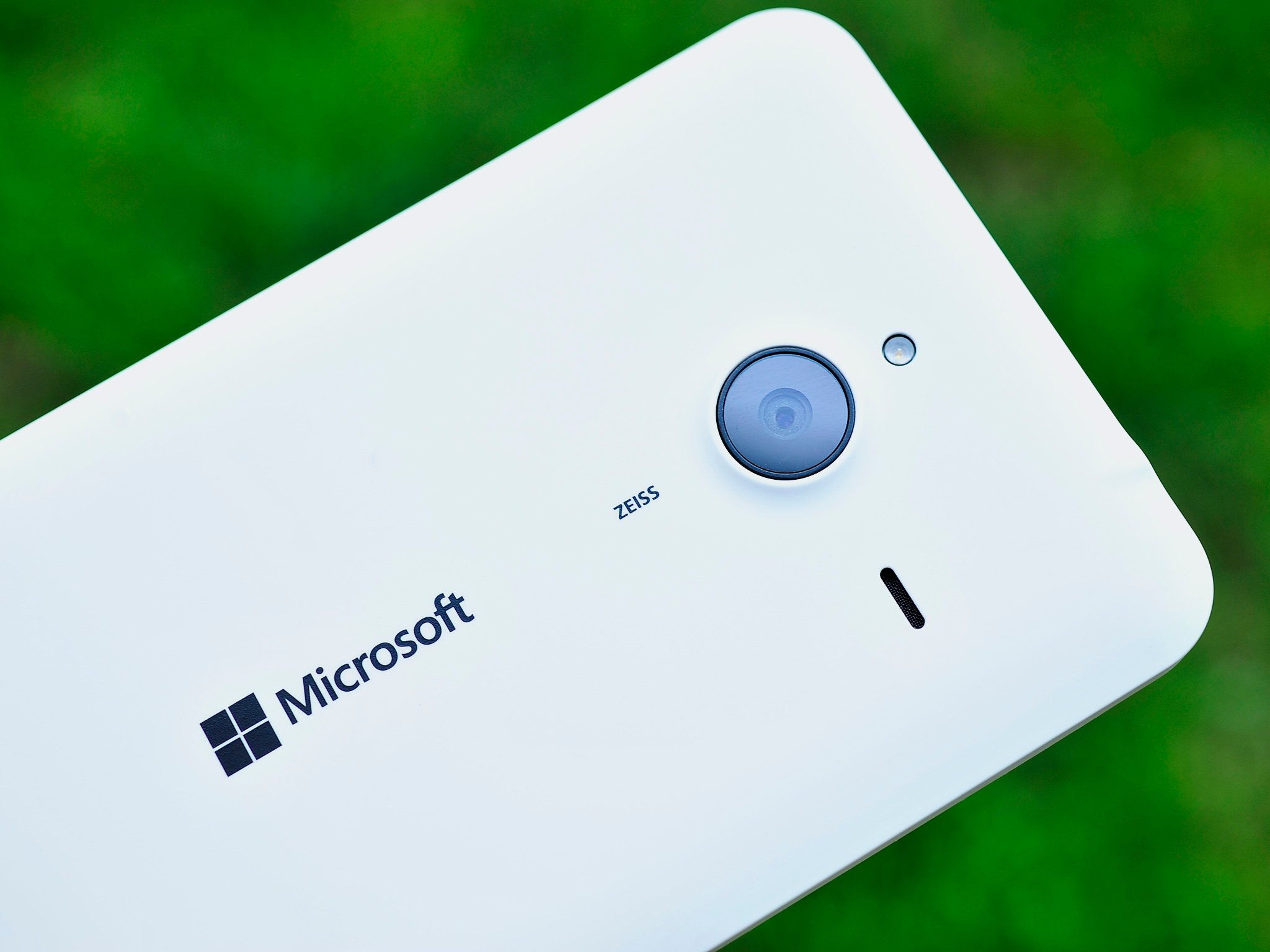
Making a mobile name
During Convergence 2015, Microsoft's Chris Capossela shared that the firm is focused on promoting the Microsoft brand. Thus, contrary to previous years when product names took precedence, Redmond's devices and software will now prominently boast Microsoft's branding. When a user uses any Microsoft product, regardless of what platform they may be using it on, Redmond wants them thinking - Microsoft.
Microsoft Office, for instance, is present on all major platforms and is recognized as a Microsoft product. It's a tool that users default to get things done. Microsoft wants all of it's cross-platform apps to follow this precedent. The company's purchase of mobile productivity apps Accompli, Sunrise, and Datazen are part of this goal. Along with popular and polished products, Microsoft has also inherited the dedicated users of these apps. Over time, users of these tools will come to identify them as Microsoft products. Accompli, for instance, has been redubbed Outlook, Microsoft's popular mail management tool.
Additionally, Oneclip, Revolve, Flow, Flip, Highlander and Office Now are homegrown mobile productivity apps created by Microsoft. These tools will help users efficiently manage mail, navigate information about contacts, collaborate on documents and in the case of Office Now, leverage artificial intelligence for detailed personal management. By ensuring a mobile brand presence throughout the industry Microsoft seeks to establish itself as the ecosystem through which users "gets things done."
This mobile branding may be key to Microsoft's possible plan B for mobile. As one of the world's top brands, this approach is promising.
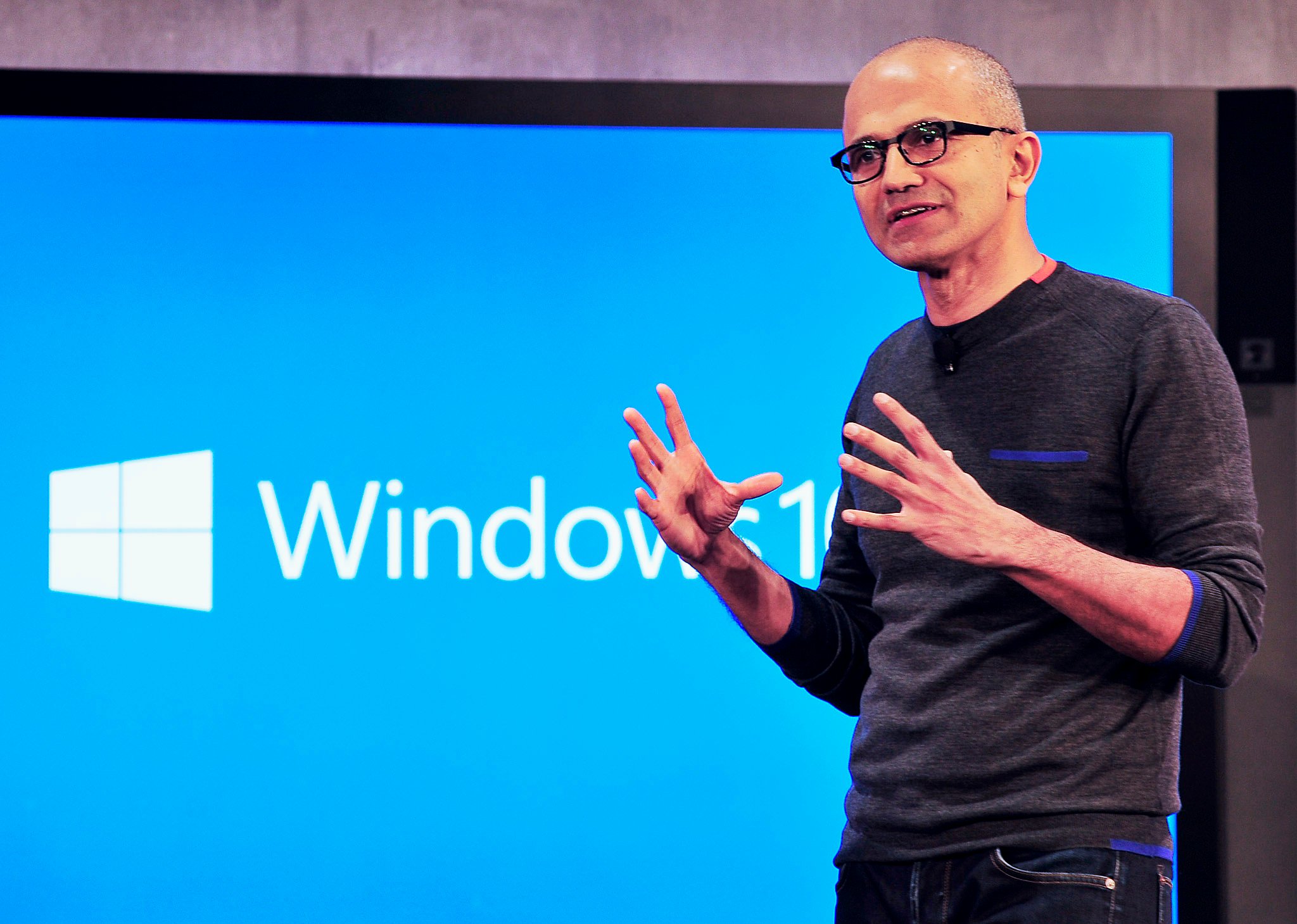
Plan B basics
Many writers have declared Windows Phone dead. The reality? Windows Phone is not dead. The platform is alive and kicking. And Redmond, with hopes pinned on Windows 10, is backing it 100%.
Can Windows Phone die? Sure. So can iOS, Android, and BlackBerry…Oh yeah. Well, you see my point. No platform is invincible. Because of this reality and the precarious position Windows Phone occupies, any wise leader would have a plan B. I think Satya Nadella is a wise leader.
Over the past year, Nadella's Microsoft has seen the proliferation of Microsoft products on competing platforms. We've actually seen these tools appearing on rival platforms before and in better iterations than their Windows counterparts. Nadella's promise is that when those products do reach Windows they will be best on Windows.
The context for the realization of this promise requires the completion of Microsoft's Windows 10 platform. So though we have yet to see it, we can be confident that Windows 10 for PC/phone and its core app experiences are being forged from the core outward to operate with optimal levels of synergy.
Microsoft takes all. Drops mic.
Here's the ideal scenario, plan A. After the release of Windows 10 and its "best" Microsoft experience, some iPhone and Android users would be lured to Windows Phone. This would be the result of those users having been engaged by a cadre of Microsoft apps strategically planted by Redmond on iOS and Android. Nadella's launching of Microsoft apps on rival platforms first, allows time for users to become engaged with Microsoft's "ecosystem" leading up to the debut of Windows 10 and the Windows 10 phones that will showcase "the best" Microsoft experience. And for those that don't switch? Microsoft's cross-platform app ecosystem continues to permeate rival platforms and engage users. Microsoft takes all. Drops mic.
If (and that's a big 'if') Microsoft drops Windows Phone instead, what I envision as Microsoft's plan B doesn't require much of a change from plan A. Nadella has put Microsoft on a course to ensure that Redmond retains a mobile presence.
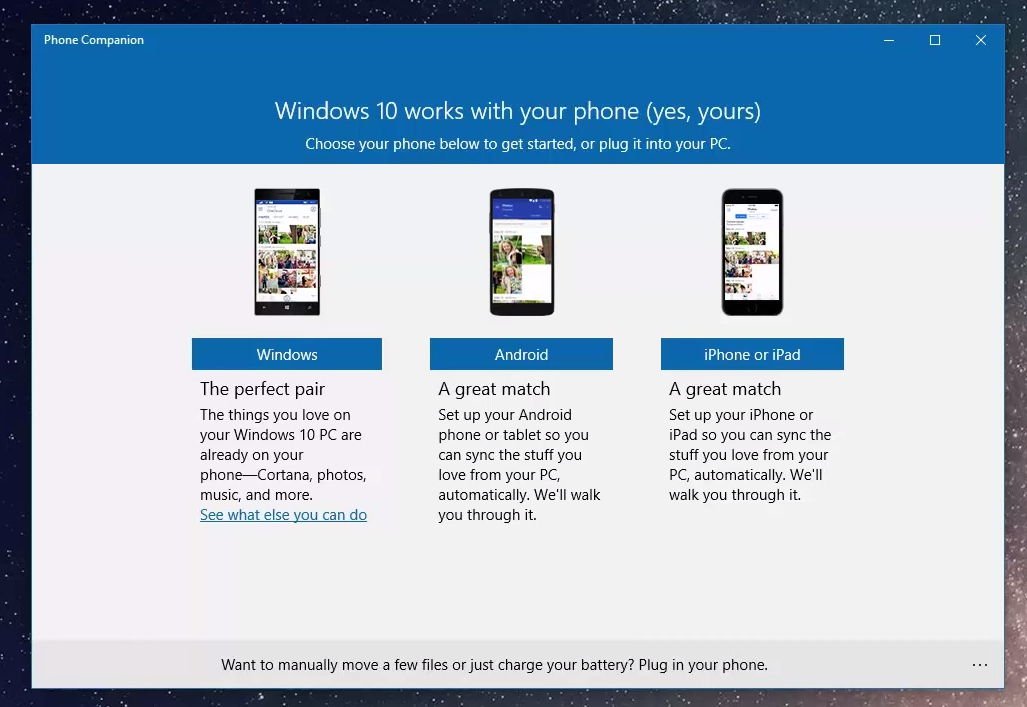
Mobile nexus, the Windows 10 desktop
Nexus – a connection…linking two or more things.
As a software company, Microsoft will continue seeding the industry with Microsoft branded mobile apps. This will serve to build greater mindshare of Microsoft's ecosystem that will continuously extend into rival platforms.
But that, I believe, is just part of the plan. Having a host of scattered apps peppered on rival platforms does make one's presence known. But it's not centralized, nor cohesive. Remember, those Microsoft apps will exist on iOS and Android devices among a sea of first and third party apps, even if organized in a single folder. To ensure users feel their mobile presence, Microsoft can't let these apps stand alone. They need a companion.
This is where Windows 10 for the PC comes in. There are over 1 billion PC users on the planet. This is Microsoft's ace in the hole. Most iPhone and Android users have a PC. Microsoft is already using Windows 7/8/8.1 to prompt these users toward their free upgrade to Windows 10. Microsoft, for numerous reasons, needs users to upgrade to make the Windows 10 "one platform" story work. This plan B I believe may be one of those reasons.
Part of the Windows 10 package is the Phone Companion app. This cross-platform app ties a user's iPhone, Android device or Windows Phone, closer into the Microsoft ecosystem. Through the app, some of Microsoft's core ecosystem experiences are shared with the associated device. Skype, Office, and Cortana, for example, are shared with the iPhone and Android devices via the Phone Companion app. This app forges a symbiotic relationship between the user's device and the PC. The Windows 10 PC becomes a hub or nexus for the mobile device. The smartphone is able to continue Microsoft experiences in Office, OneNote, Cortana, Photos, Music and other apps, begun on the PC and vice-versa.
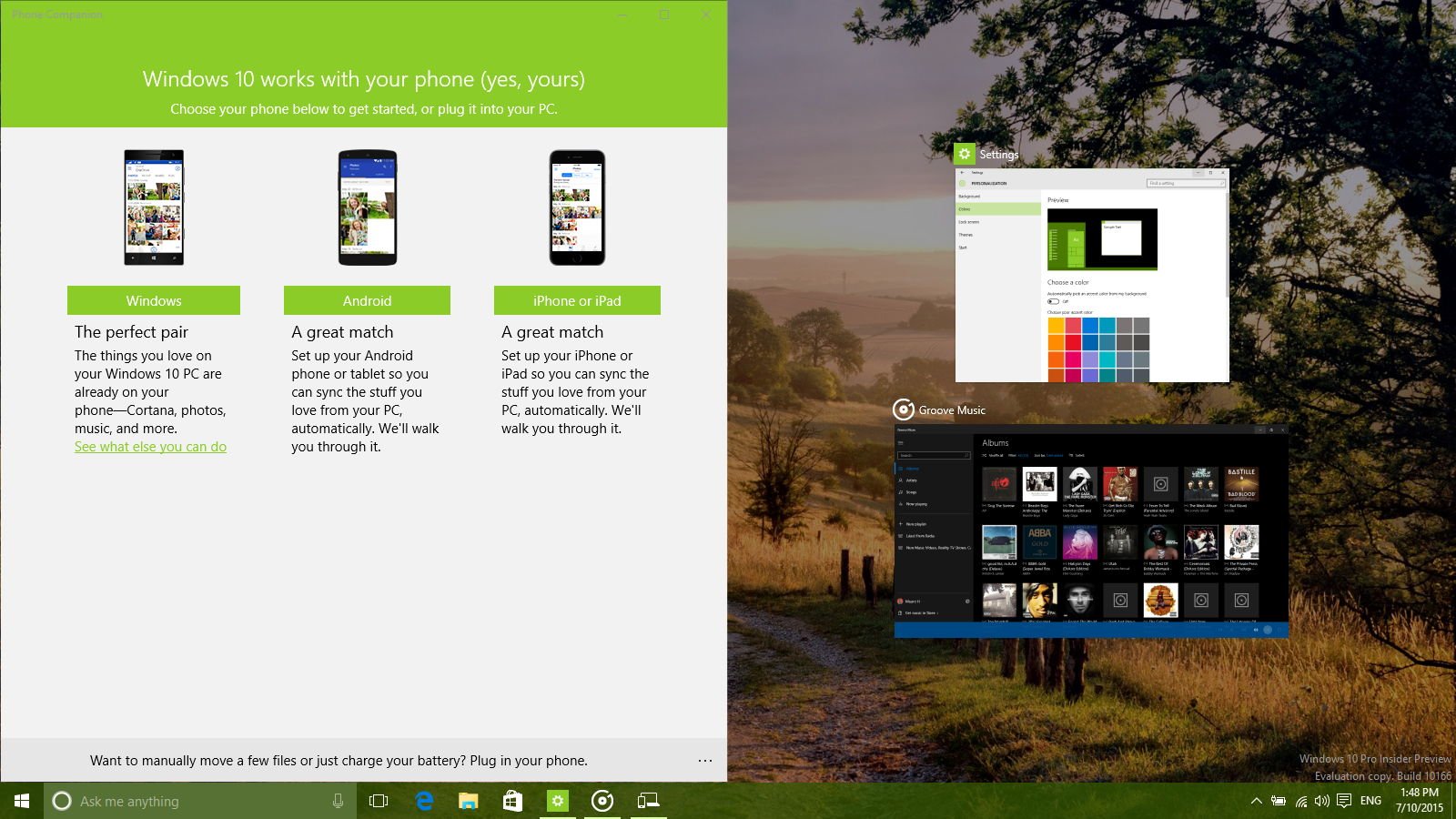
Everything Grows
As Microsoft reaches its one billion Windows 10 devices goal over the next 2-3 years, I believe that the Windows 10 Desktop OS as a mobile device hub/nexus point scenario will be more common place. Actually, I anticipate that Microsoft will push that aspect of Windows 10 more aggressively to make it the status quo. This will provide a consistent base to which mobile users can continually "connect" as their digital experiences follow them between devices.
Furthermore, I envision that more Microsoft apps will be added to the base of apps currently on offer to iPhone and Android users through the Companion app. I also imagine that core apps such as Cortana will continue their migration toward deeper integration with other Microsoft apps such as Office. Such integration, naturally increases the use of both apps and likely their continued use when a user is mobile.
Additionally, this strategy provides a cohesive base from which Microsoft can "launch" a mobile presence. Though Microsoft apps will be available in Google Play and the App Store, the PC and Companion app as a "source" for the Microsoft experience provides that much needed psychological link for users to perceive Microsoft as a distinct and tangible mobile brand.
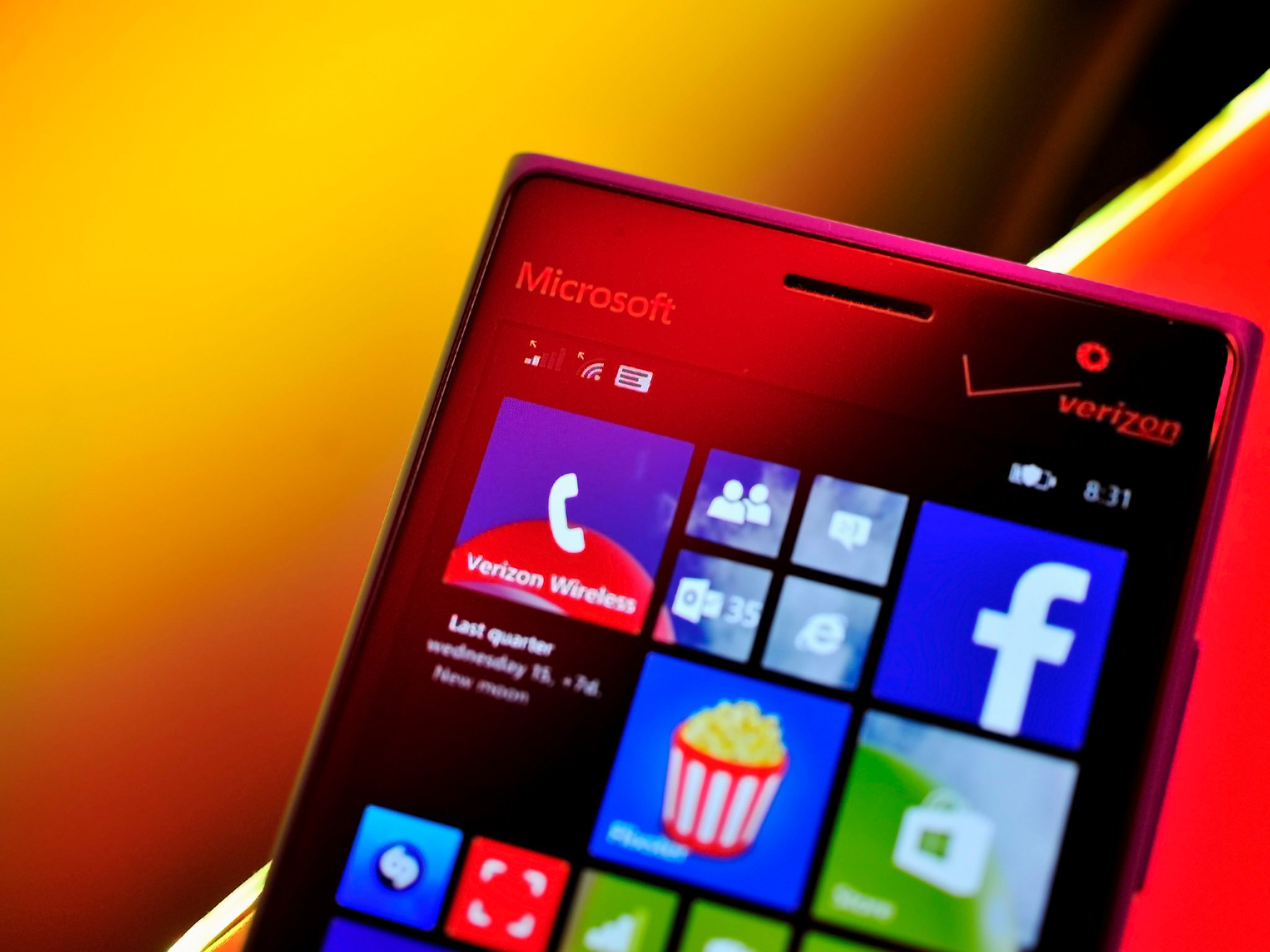
Look, mom, no OS
If Windows Phone fails, there will be no Windows phone OS per se. Yes, there will be the OS currently for small tablets and phone but phone devices would slowly fade off the scene. However, if Microsoft's plan B plays out as described, then a strong Microsoft ecosystem and a tool from which to facilitate a mobile presence, the Windows 10 PC/Phone Companion app, will be in place.
The great thing about plan B is that it is part of plan A. Ideally, and as we expect, the Windows 10 OS for phone will persist and the establishment of a rich cross-platform ecosystem with a Windows 10 PC as a nexus point for all mobile platforms will coexist. But if in the coming years, Windows Phone fades from the scene, Satya's goals to build a strong Windows ecosystem, as part of plan A, establishes the foundation for a world where plan B perpetuates a Microsoft ecosystem without the benefit of Microsoft smartphones and the Windows Phone OS.
"We are moving from a strategy to grow a standalone phone business to a strategy to grow and create a vibrant Windows ecosystem that includes our first-party device family." - Nadella
So if Windows Phone fails, Microsoft's possible plan B ensures that though Redmond will not have been able to convert the masses to Windows Phones, they may effectively "convert" rival devices into "Windows phones."
By way of the Windows 10 PC as a mobile hub and the Phone Companion app as a tool to endow rival devices with an increasing number of Microsoft branded apps; Microsoft may win users to their growing ecosystem as users "get things done" with Microsoft-branded tools.
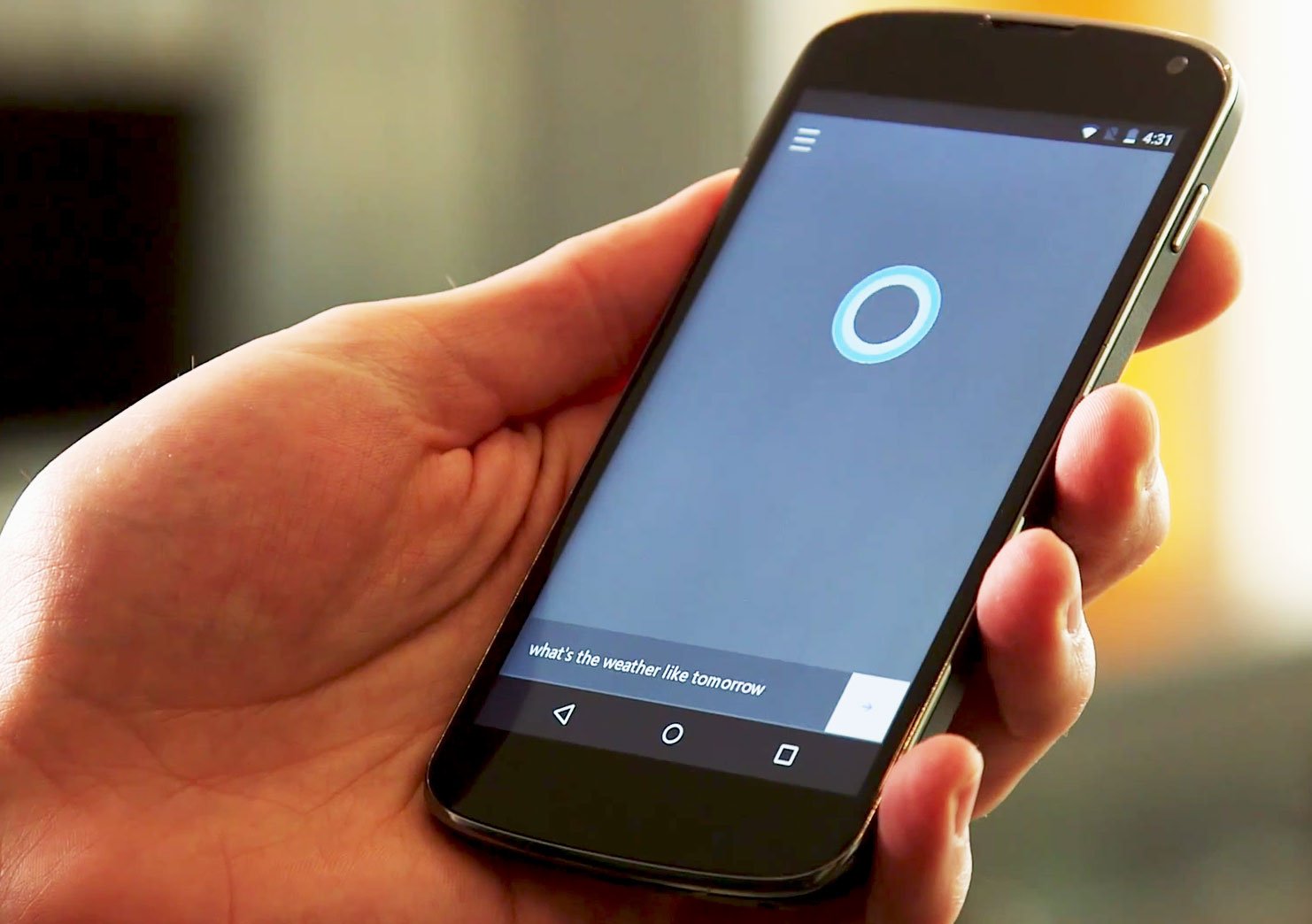
Like the fictional stories where the spirit of one person usurps/possesses the body of another, Microsoft's plan B may make Redmond's solution the "bodiless" mobile platform that engages users and powers productivity on rival devices.
Or put another way, if you can't beat'em, make'em join you.

Jason L Ward is a Former Columnist at Windows Central. He provided a unique big picture analysis of the complex world of Microsoft. Jason takes the small clues and gives you an insightful big picture perspective through storytelling that you won't find *anywhere* else. Seriously, this dude thinks outside the box. Follow him on Twitter at @JLTechWord. He's doing the "write" thing!
